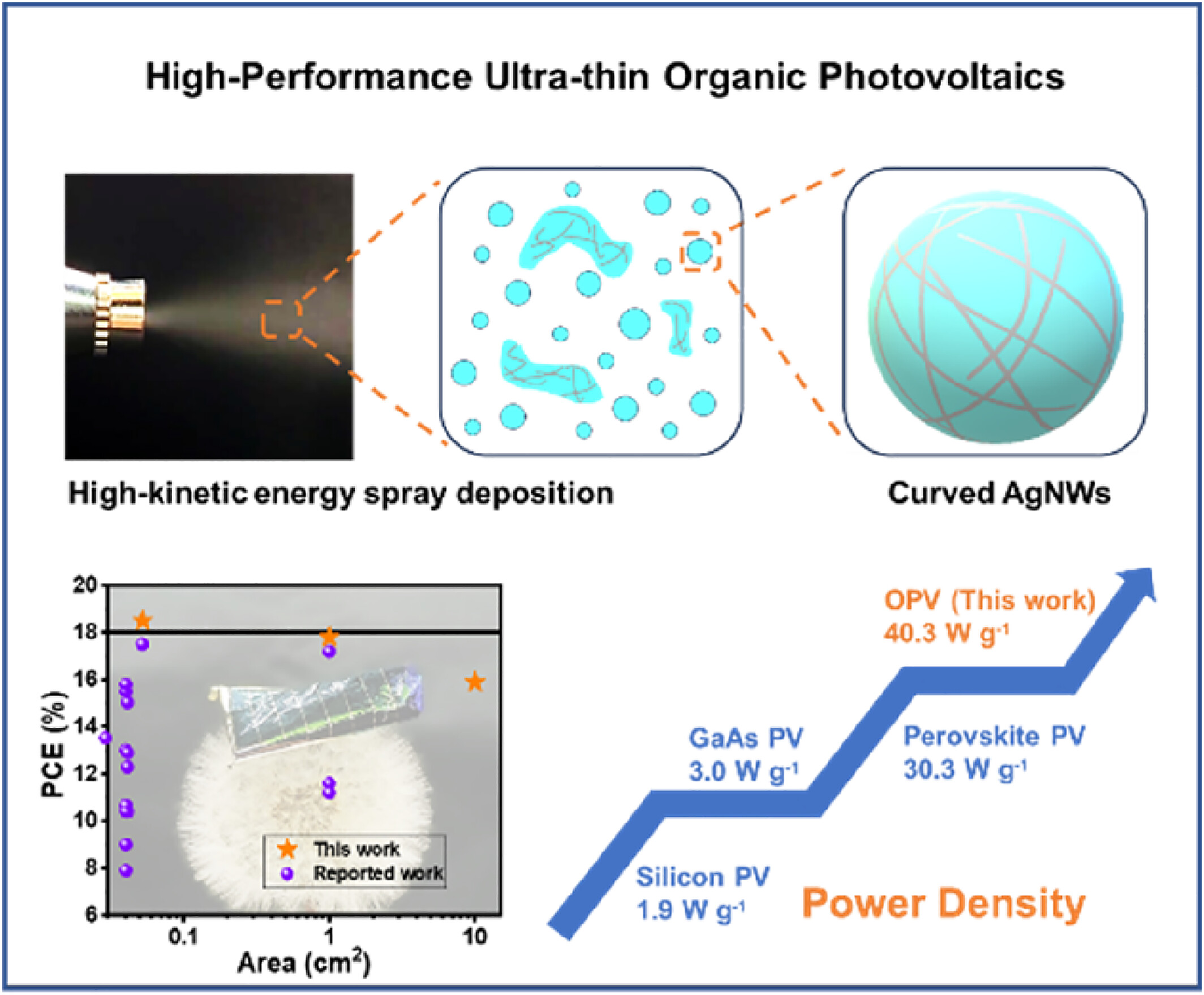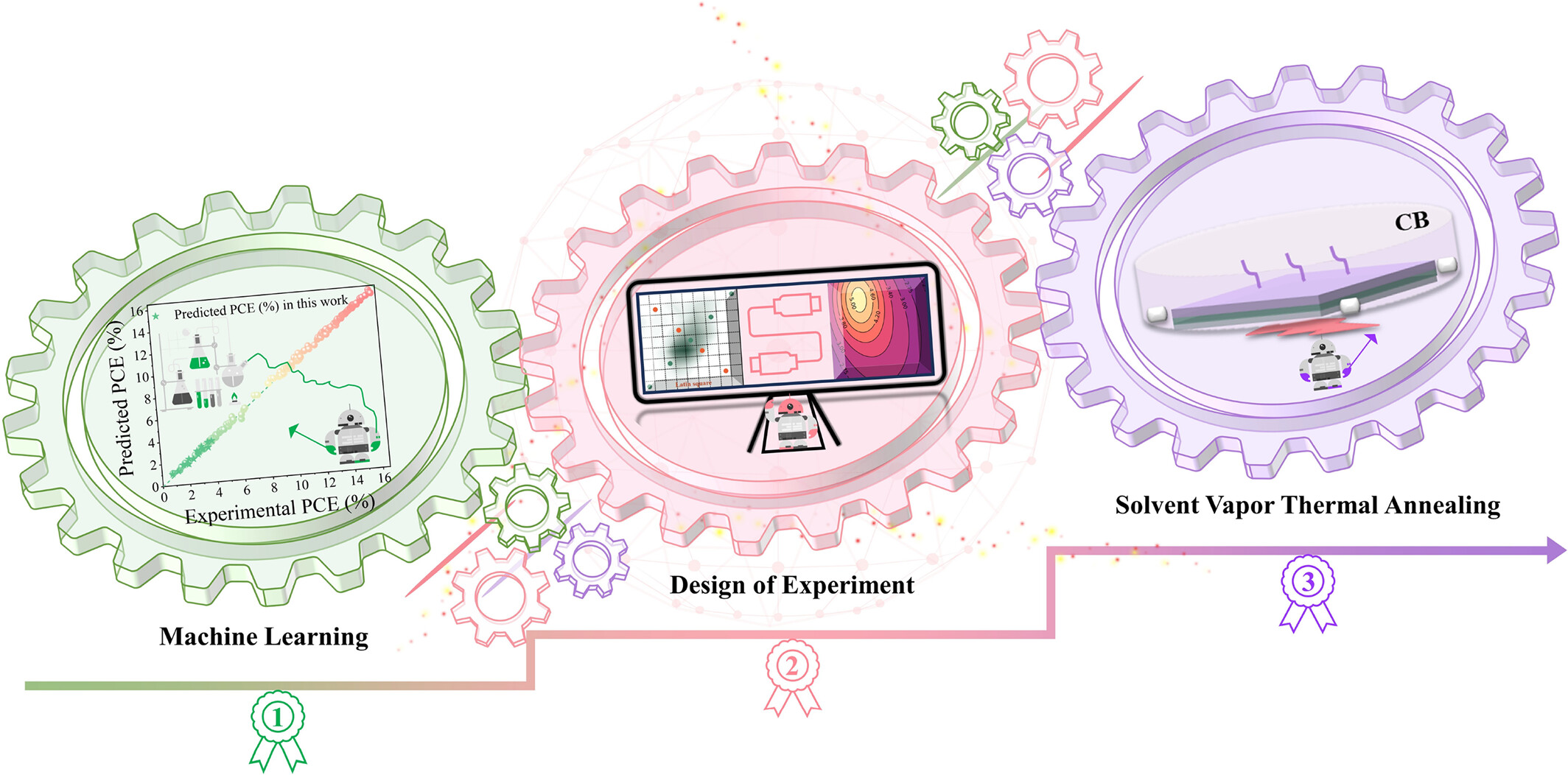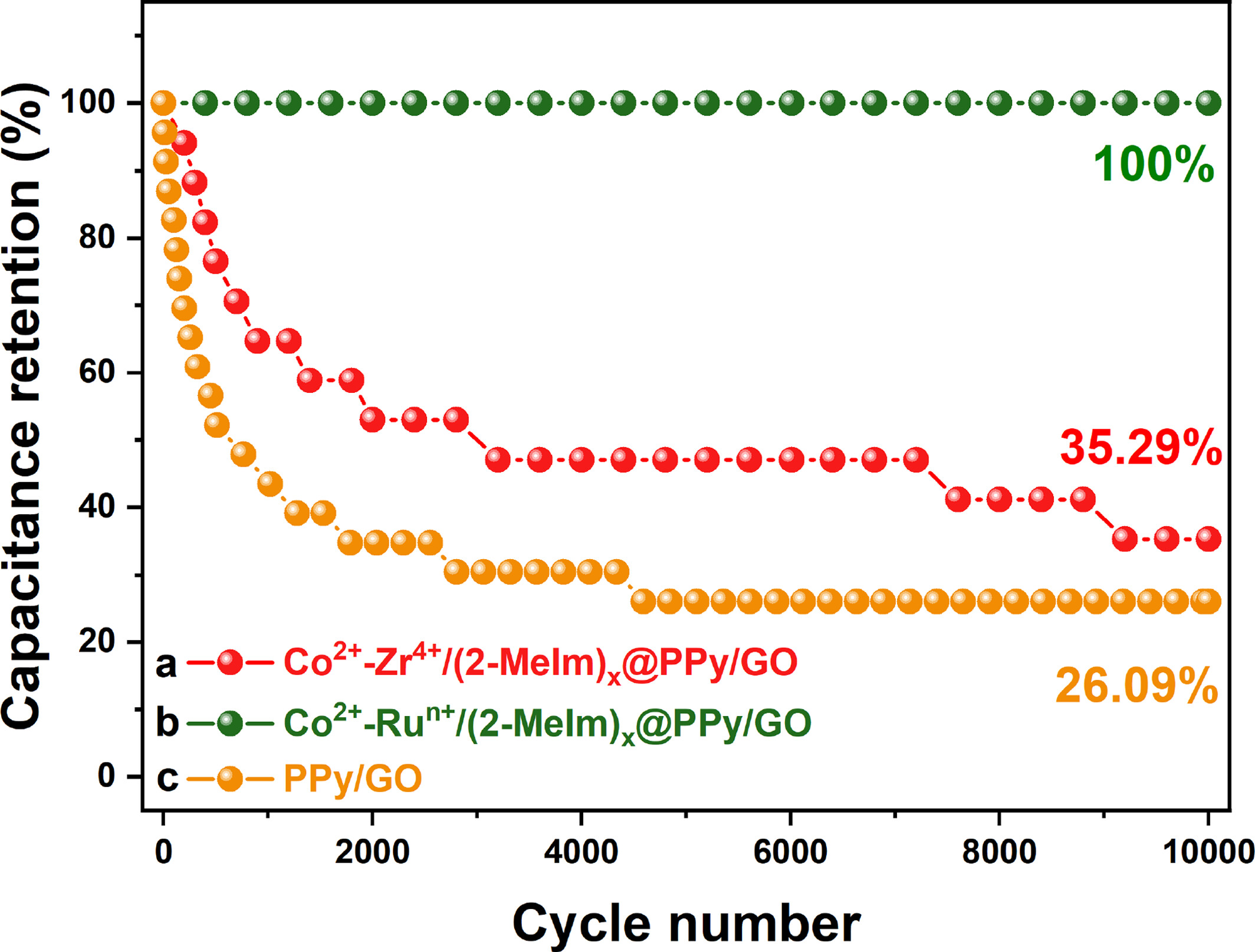Journal list menu
Export Citations
Download PDFs
ISSUE INFORMATION
ARTICLE
Realizing record efficiencies for ultra-thin organic photovoltaics through step-by-step optimizations of silver nanowire transparent electrodes
- Pages: 221-233
- First Published: 18 August 2024
Design of experiments with the support of machine learning for process parameter optimization of all-small-molecule organic solar cells
- Pages: 234-247
- First Published: 24 September 2024
Reconfigurable flexible thermoelectric generators based on all-inorganic MXene/Bi2Te3 composite films
- Pages: 248-257
- First Published: 11 July 2024
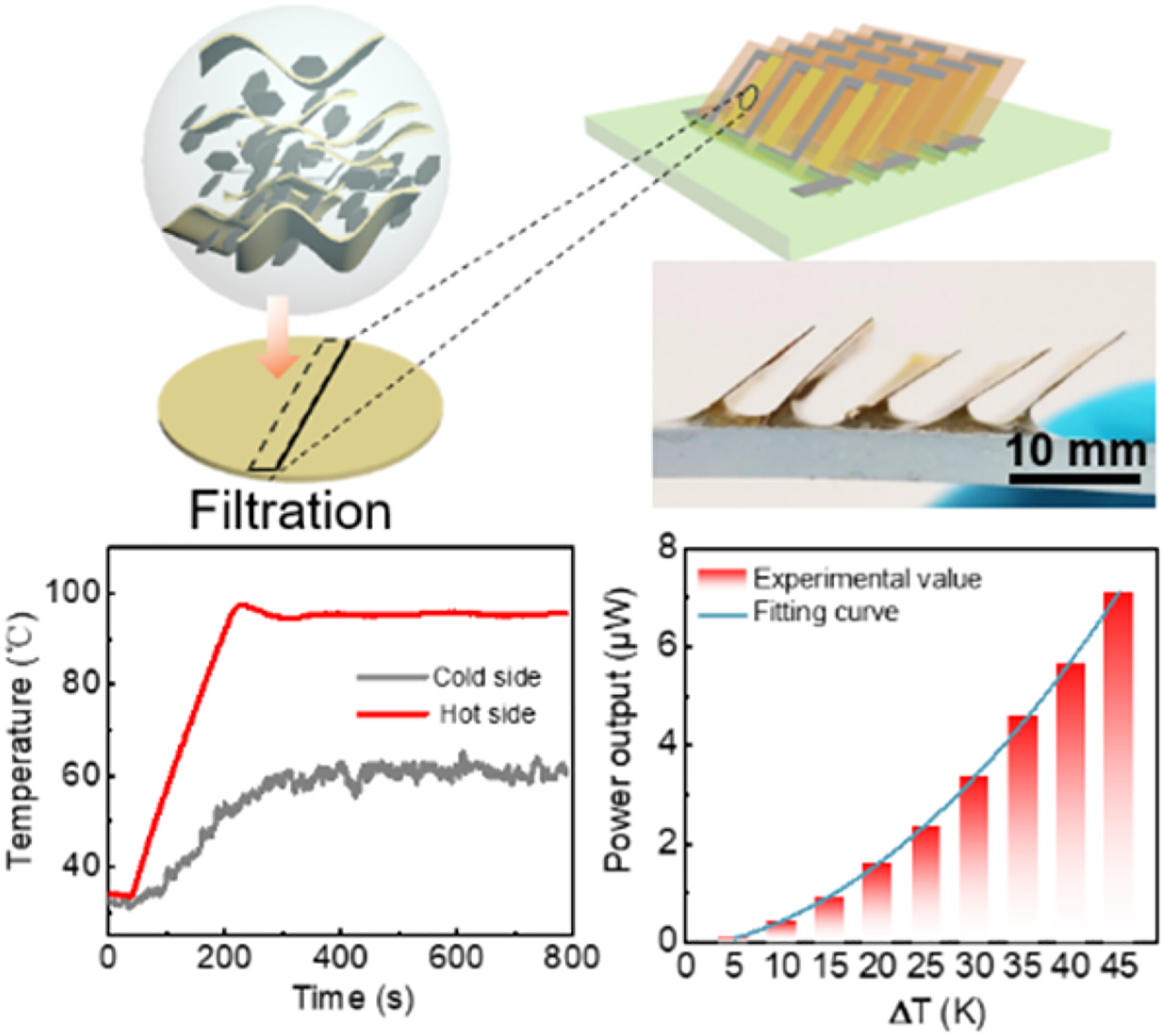
A reconfigurable FTEG with a Lego structure is proposed for TE chips composed of all-inorganic MXene/Bi2Te3 composite films. In this composite film, the MXene acts as a conductive bridge to optimize the TE performance. Our FTEG demonstrates a mechanical plug-in design, achieving an open-circuit voltage of up to 100 mV and an output power of 7.12 μW at a temperature difference of approximately 45 K.
Bioinspired ultrathin photonic color convertors for highly efficient micro-light-emitting diodes
- Pages: 258-268
- First Published: 12 September 2024
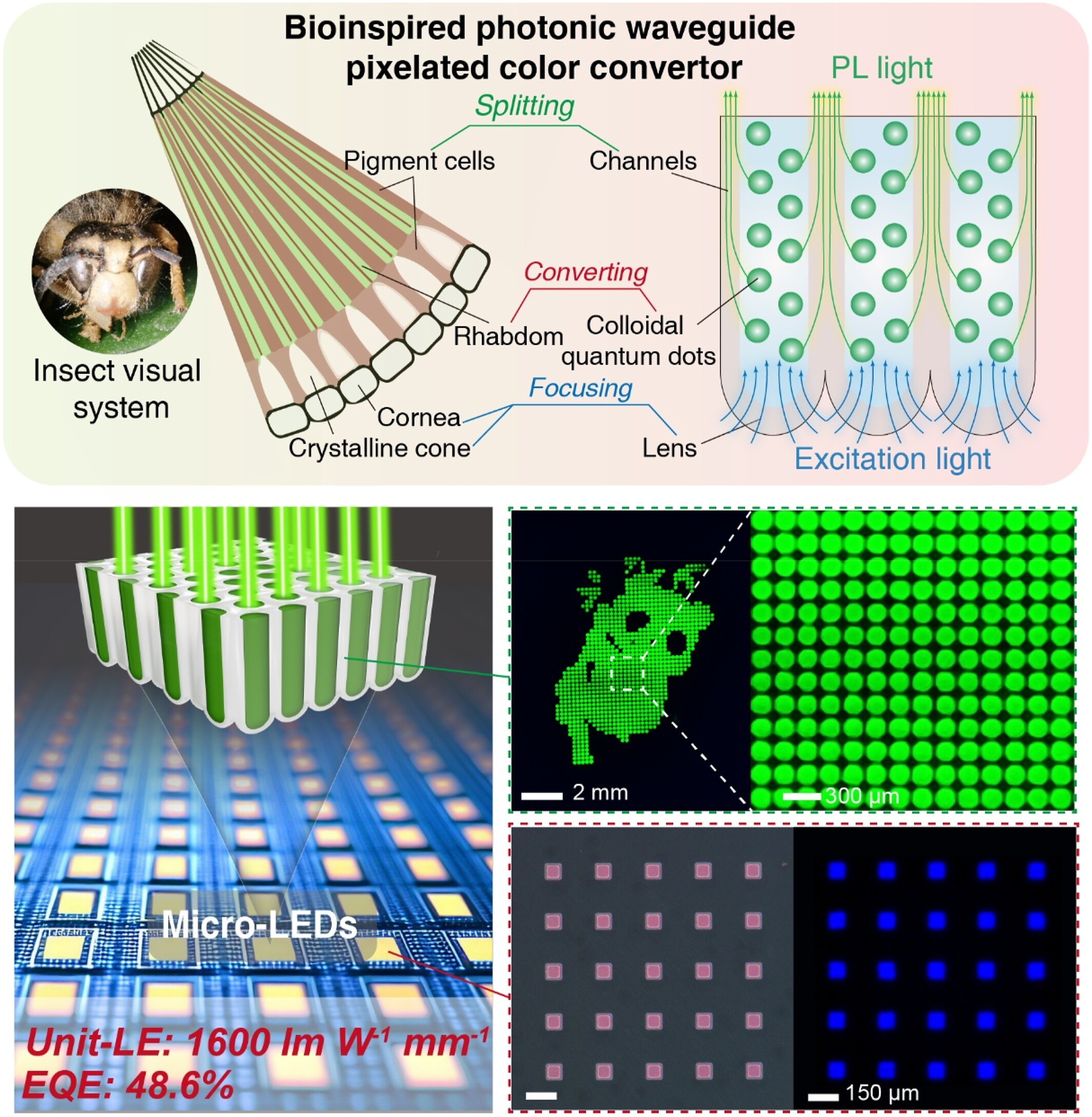
Inspired by an insect visual system, bioinspired photonic waveguide pixelated color convertors (BPW-PCCs) are demonstrated to realize directional excitation and outcoupling. By this strategy, ultrathin BPW-PCCs with 4.4-fold enhanced photoluminescence intensity have been demonstrated in micro-light-emitting diode devices and achieved a record-high luminous efficacy of 1600 lm W−1 mm−1, opening a new avenue for efficient miniaturized displays.
REVIEW
Electroconductive hydrogels for bioelectronics: Challenges and opportunities
- Pages: 269-301
- First Published: 29 August 2024
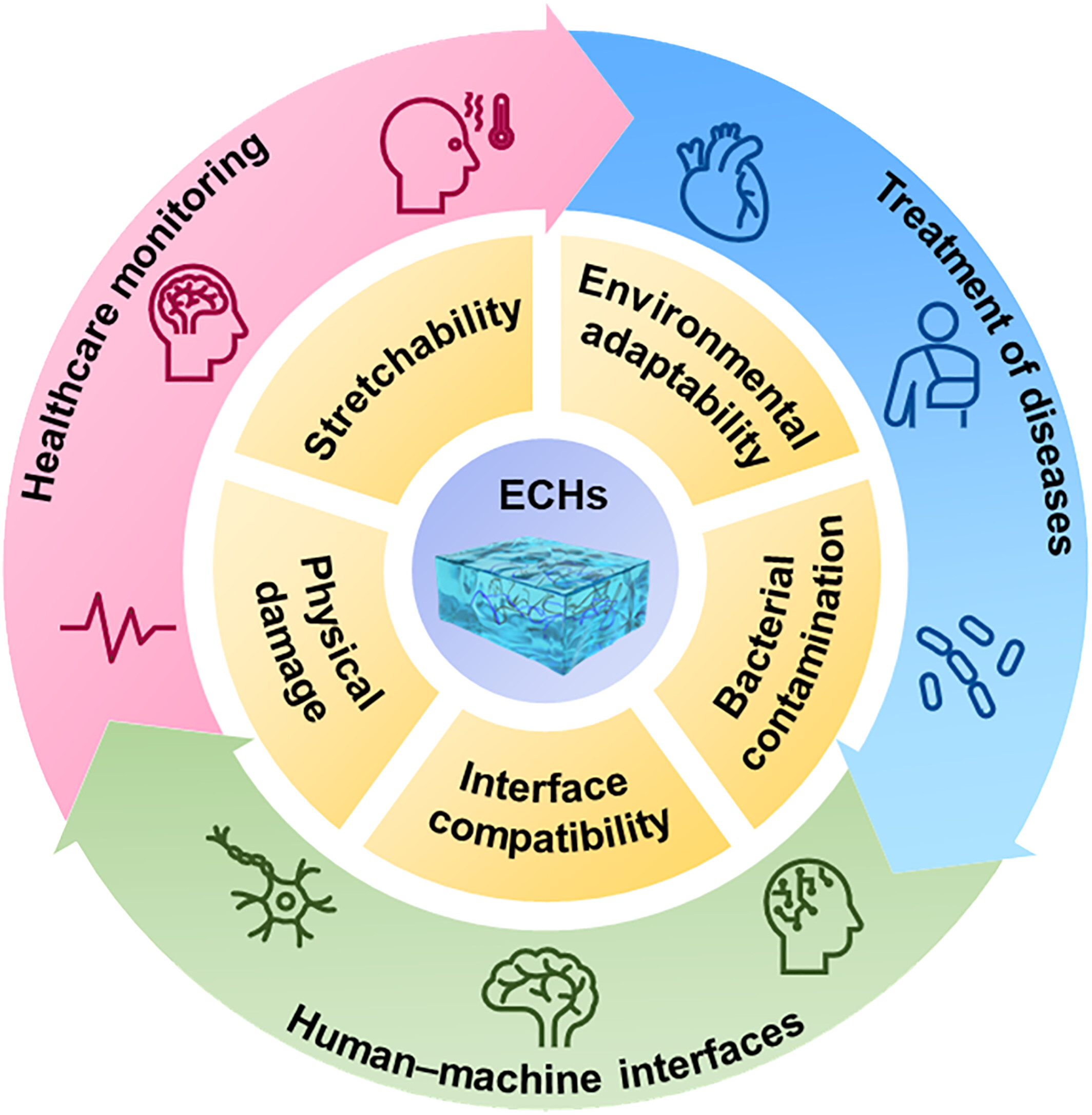
In this review, Liu et al. provide a systematic summary of the challenges hindering the development of electroconductive hydrogel-based bioelectronics. They also present several methods to address these challenges. The authors discuss the applications of electroconductive hydrogels in healthcare monitoring, disease treatment, and human–machine interfaces. Finally, they offer future perspectives on this flexible materials in bioelectronics.
ARTICLE
Bimetallic ions modified 2-methylimidazolium functionalized polypyrrole/graphene oxide for the improved supercapacitor
- Pages: 302-310
- First Published: 07 September 2024





